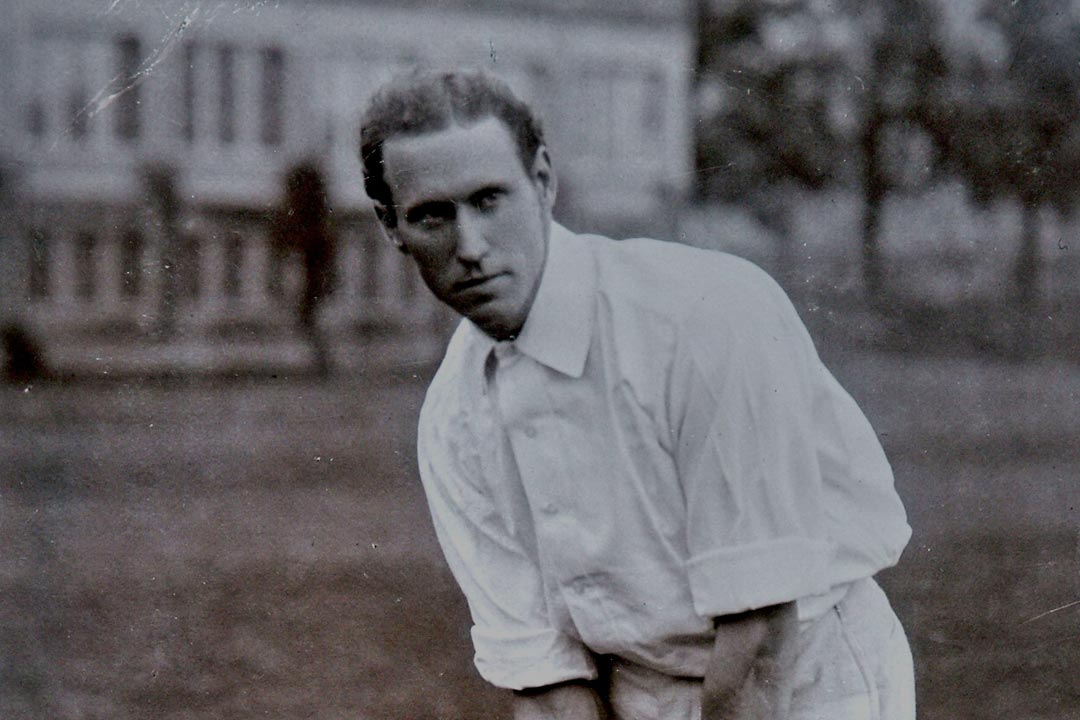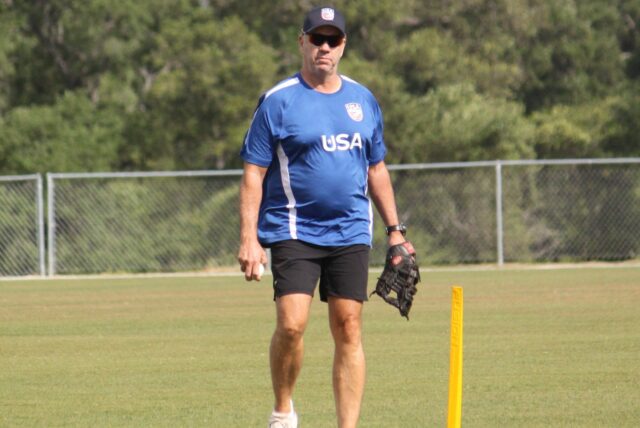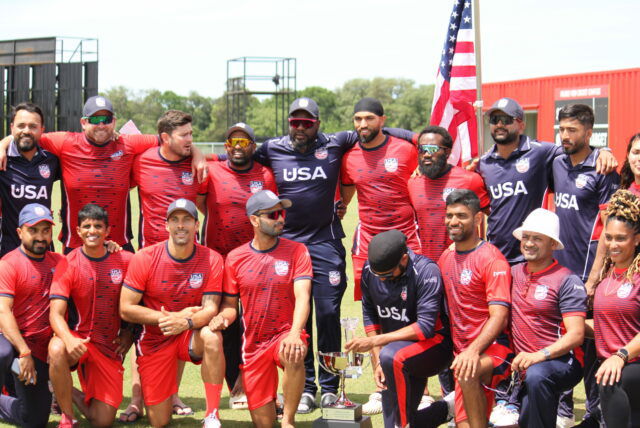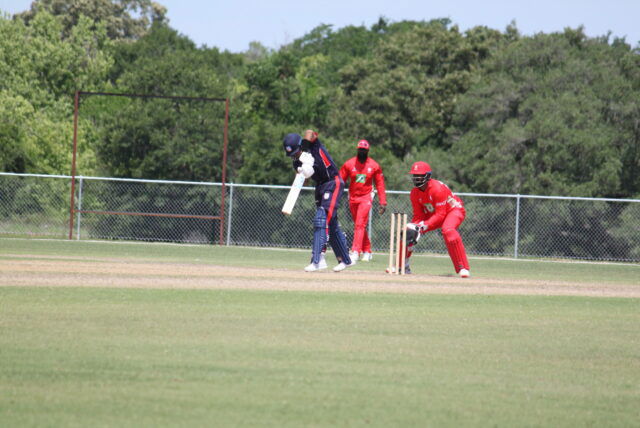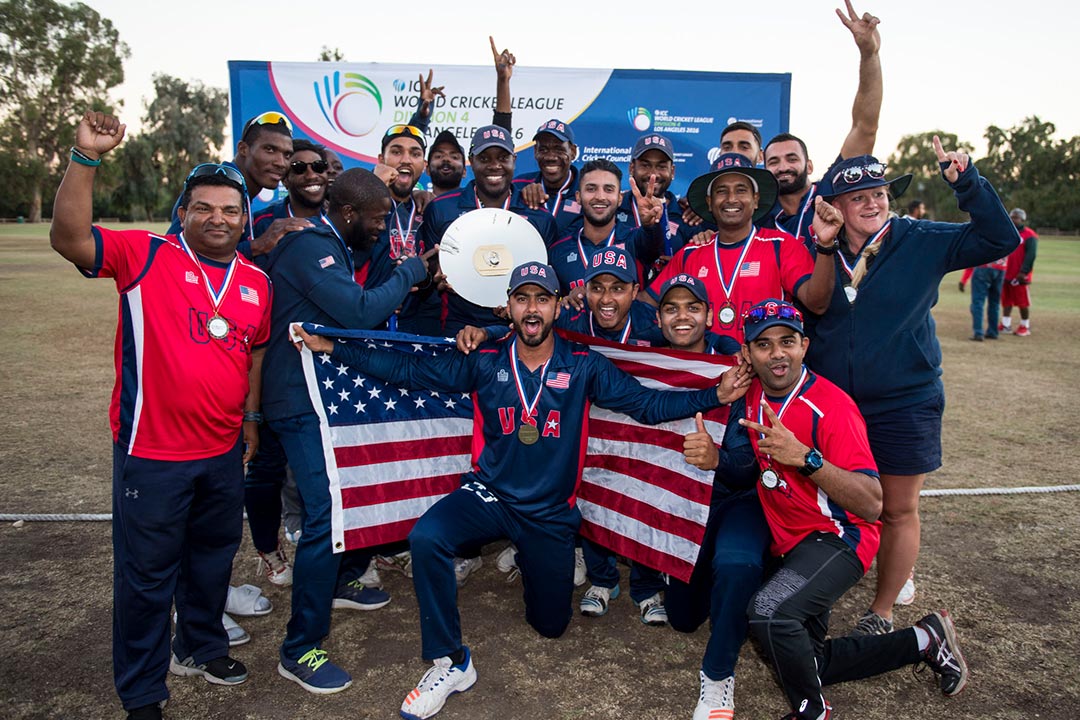Americans are known for excelling in many sports. Currently, Cricket is not one of those but a little over a century ago, the perception of the Americans and Cricket was much different. There is much written and available online about teams, especially those from Philadelphia and their players. At the CC Morris Cricket Library, we get an occasional call or email asking about Bart King. The first question typically asks “was Bart that good a bowler?”
The statistics are impressive. In 65 First Class Matches, he took 415 wickets for a 15.65 average. In his career, which lasted from 1892 to 1916, he took more than 2,000 wickets at an average of 10.47 runs each – a better average than any of his contemporaries in any country.
The Guardian, in an August 2000 article, said “He was one of the greatest bowlers of all time – maybe even the greatest” and “he was the best-known American of his time in England. When he came over to Britain, people would recognize him in the street and stop to shake his hand.”
His bowling was remarkable. The inswing came from his days playing baseball. The descriptions of his bowling would make you think he was throwing a curve without bending his elbow. On his best days, which Bart described as being when there was a light wind blowing, so it fluttered his left collar, he was almost impossible to score against. As he took 5 wickets or more in 38 innings, his giving credit to the wind was likely just another bit of humor from a man known for spinning the most outlandish stories, many of which were true, and being the best after-dinner speaker of the day.
One of those windy days was 17 June 1897, when the Philadelphians played the full Sussex County team in Brighton. King credited the wind as providing something special as he “unleashed the full fury of his majestic talents. In the first innings, he combined with John Lester for a fourth-wicket stand of 107 runs. King then bowled, taking seven wickets for 13 runs as the Philadelphians dismissed Sussex for 46 in less than an hour. King wasn’t done yet; in the second innings, he took six wickets for 102 runs, and led his team to an eight-wicket victory.” (from The Guardian). The scorebook is in the CC Morris collection. The actual time for the first innings was 55 minutes. Credit an attentive scorekeeper. The longest time between wickets was 14 minutes; the shortest 1 minute.
In the Philadelphians’ third and final tour of England was in 1908. The only highlight of the tour was, once more, King’s fantastical performance as a bowler; he set the season bowling record at 11.01. In the past hundred plus years, this bowling performance has eclipsed only once.
As late as 1912, Philadelphia defeated an Australian test team by two runs. King, then 39, took nine for 78 in the match with his fast inswing.
Those who knew John Barton “Bart” King had nothing but effusive praise. When King died, aged 91, in 1965, Wisden said his greatness was “beyond question.”
“Without question the finest all-round cricketer ever produced in America,” wrote his contemporary and author of A Century of American Cricket, John Lester.
One of cricket’s finest historians, Rowland Bowen, went even further: “Certainly one of the six leading bowlers in the world of all time, and arguably the best.”
The Cricket Quarterly said “Bart” King was, without question, the greatest of all the many fine cricketers to have come from North America. He was one of the first half-dozen really great fast bowlers: there are some who would say that he was the greatest of them all and it is indeed difficult to think of convincing arguments or reason to disagree with this assessment.”
And yes, Bart was an American.

